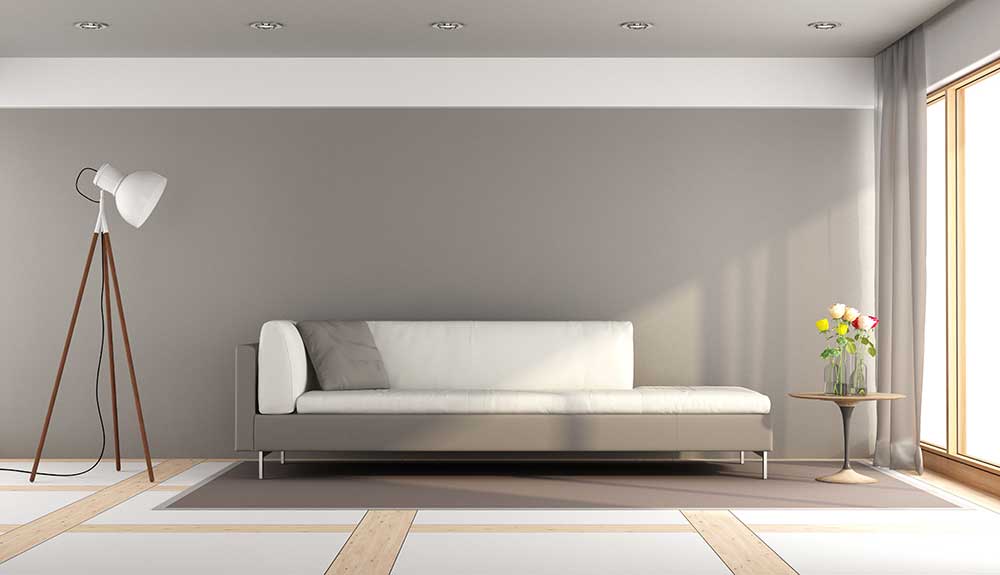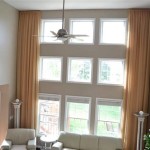Do You Paint Ceiling Same Color As Walls?
The question of whether to paint ceilings the same color as walls is a common one in interior design. There's no single right answer; the best choice depends on a variety of factors, including the room's dimensions, the desired ambiance, and the overall aesthetic goals.
Painting the ceiling the same color as the walls can create a cohesive, enveloping feel. This technique can make a small room feel larger by blurring the visual boundaries between the walls and ceiling. It can also contribute to a sense of intimacy and coziness in larger spaces, minimizing the expansive feel of a high ceiling. This monochromatic approach works particularly well in rooms with architectural irregularities, as it helps to camouflage awkward angles or uneven surfaces.
Conversely, painting the ceiling a different color than the walls can add architectural interest and definition. This technique can highlight the ceiling's height and shape, drawing attention to architectural details such as crown molding or exposed beams. A contrasting ceiling color can also be used to create a specific mood or atmosphere within a room. For instance, a darker ceiling can create a sense of drama and intimacy, while a lighter ceiling can make a room feel brighter and more spacious.
White remains a popular choice for ceilings, and for good reason. White reflects light effectively, making a room feel brighter and more open. It also provides a neutral backdrop that complements a wide range of wall colors. White ceilings are a classic choice that can work well in various design styles, from traditional to contemporary.
However, deviating from the standard white ceiling can offer unique design opportunities. A colored ceiling can introduce a bold statement, adding personality and visual interest to the space. It can also be used to create a specific design theme. For example, a soft blue ceiling can evoke a sense of tranquility in a bedroom, while a rich terracotta ceiling can add warmth and earthiness to a living room.
When considering whether to paint the ceiling the same color as the walls, the room's height plays a crucial role. In rooms with low ceilings, painting the ceiling the same color as the walls, or even a slightly lighter shade, can create the illusion of height. This is because the continuous color minimizes the visual break between the walls and ceiling, making the space feel more expansive. Conversely, in rooms with high ceilings, a contrasting ceiling color can help to ground the space and prevent it from feeling too cavernous.
The room's function should also be considered. In bedrooms and living rooms, where a relaxing atmosphere is desired, a monochromatic color scheme can create a sense of calm and serenity. In kitchens and bathrooms, where practicality and cleanliness are paramount, a white or light-colored ceiling is often preferred. In dining rooms and other entertaining spaces, a more dramatic ceiling color can add a touch of elegance and sophistication.
The amount of natural light a room receives is another important factor. In rooms with ample natural light, a darker ceiling color can be a bold and effective choice. However, in rooms with limited natural light, a lighter ceiling color is often preferred to maximize brightness and prevent the space from feeling too dark and enclosed.
Beyond matching or contrasting with the walls, various other ceiling painting techniques can be employed. A tray ceiling, for instance, can be painted a contrasting color to highlight its architectural detail. Coffered ceilings offer numerous possibilities for creative color combinations, allowing for intricate patterns and visual interest. Even a simple striped pattern on the ceiling can add a touch of whimsy and personality to a room.
Ultimately, the decision of whether to paint the ceiling the same color as the walls is a matter of personal preference and design objectives. Careful consideration of the room's dimensions, function, and natural light, as well as the desired atmosphere, will guide the selection of the most appropriate color scheme.
Experimenting with paint swatches and visualizing different color combinations can be a helpful step in the decision-making process. Consulting with a professional interior designer can also provide valuable insights and guidance in selecting the optimal ceiling color for a particular space. They can offer expert advice on color theory, paint finishes, and other design elements to create a cohesive and aesthetically pleasing environment.
By carefully considering these factors and exploring different options, individuals can make informed decisions about their ceiling color and create a space that reflects their personal style and enhances the overall aesthetic of their home.

Should I Paint My Ceiling And Walls The Same Color Branson Company

Should I Paint My Walls And Ceiling The Same Colour

Painting Your Ceiling The Same Color As Walls Ondemand Painters

Why Painted Ceilings Are Essential In Any Room Architectural Digest

Should I Paint My Ceilings The Same Color As Interior Walls Matt Painter

Pros And Cons Of Painting Ceiling Same Color As Walls

Painting Your Ceiling The Same Color As Walls Ondemand Painters

Painting Walls And Ceiling The Same Color Pros Cons

Tips For Ceiling Paint Color Selection Century Painting

Should You Paint Walls And Ceilings The Same Color
See Also








